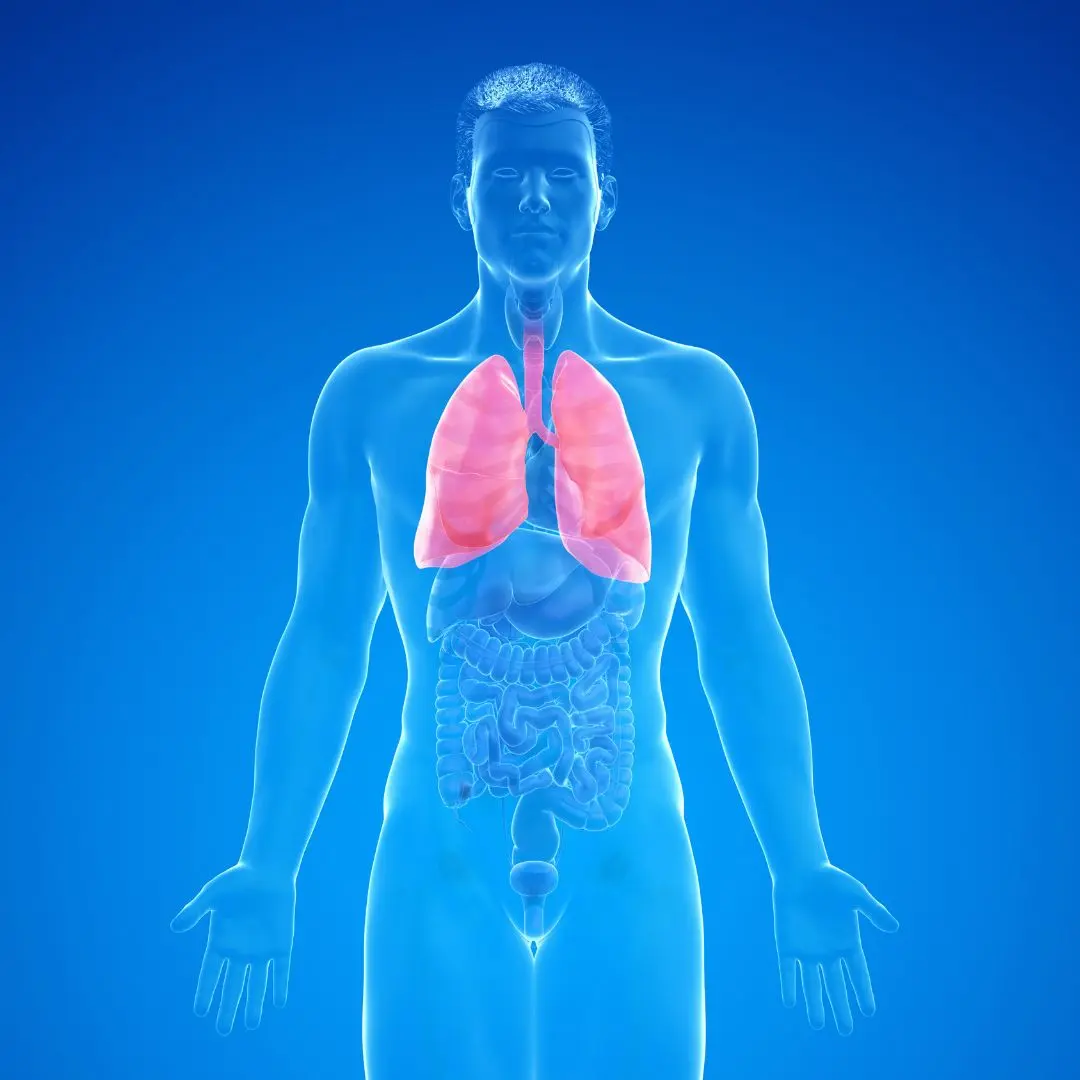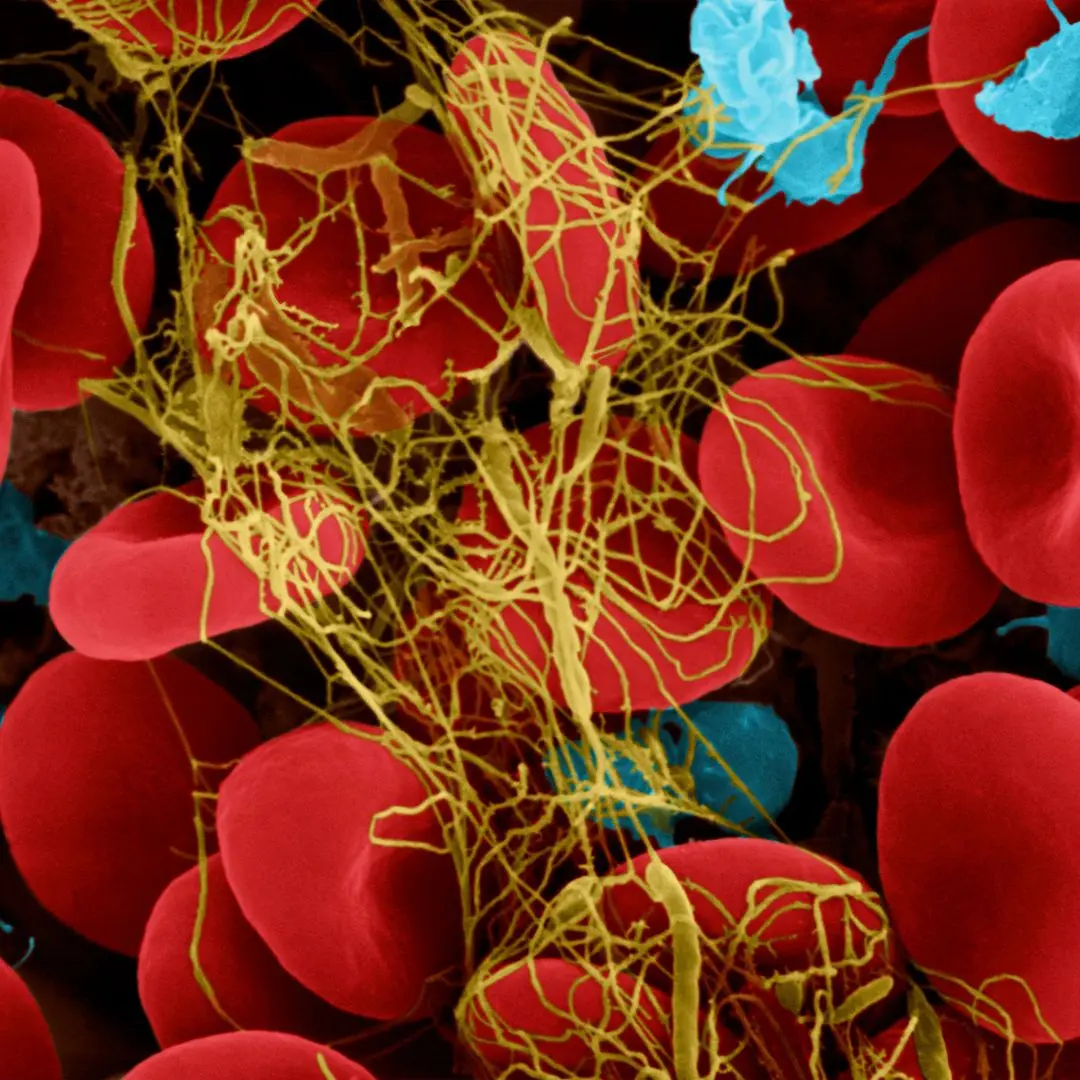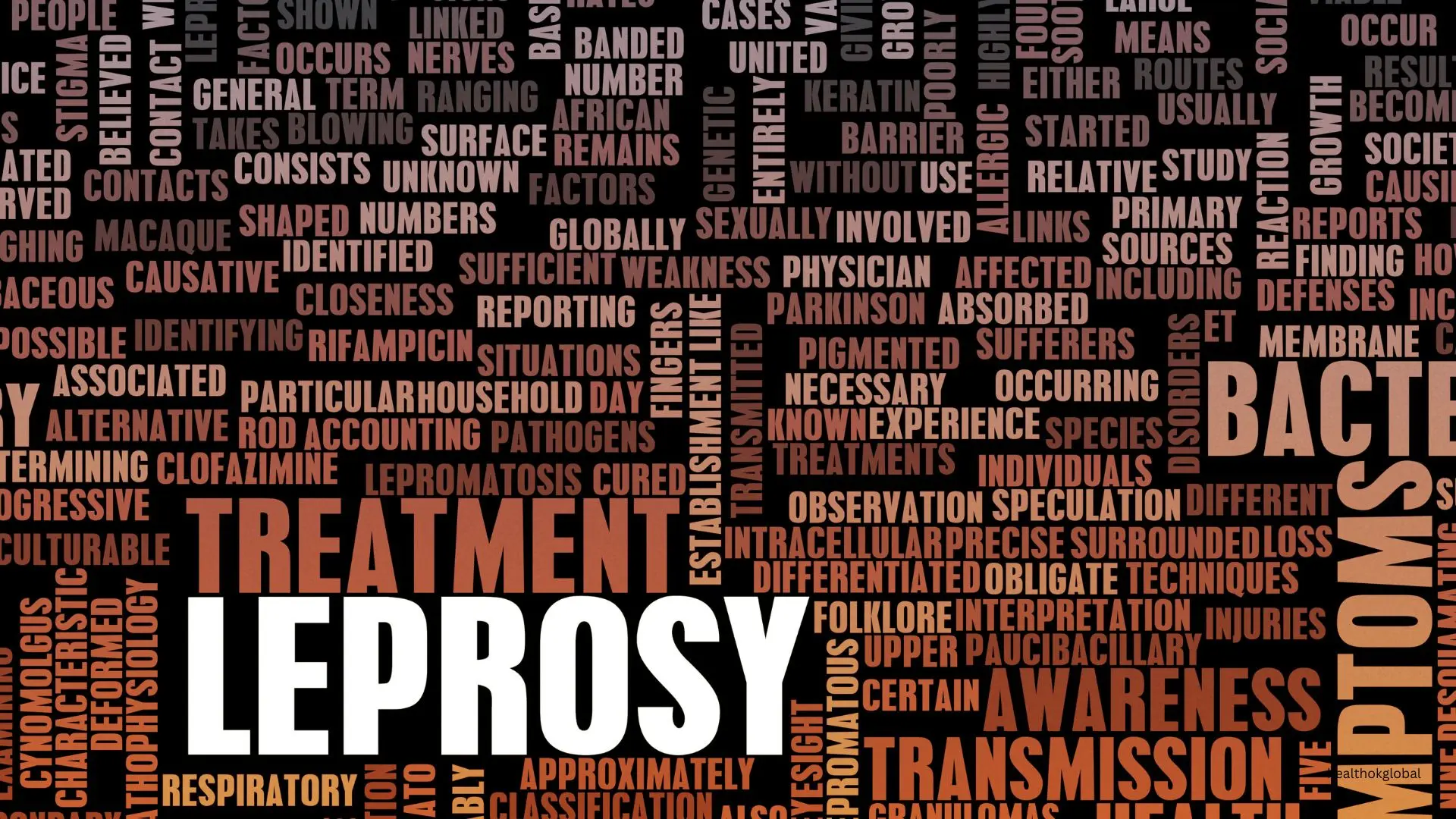Osteoporosis is a condition characterized by weakened bones, making them fragile and more prone to fractures.

Blog
Difference Between Osteoporosis and Osteomalacia
Osteoporosis is a condition characterized by weakened bones, making them fragile and more prone to fractures. It occurs when the body loses too much bone, makes too little bone, or both. The bones become porous and brittle, leading to an increased risk of fractures, particularly in the hip, spine, and wrist. Osteoporosis is often called a silent disease because it progresses without symptoms until a fracture occurs.
The primary causes of osteoporosis include hormonal changes, particularly in postmenopausal women when estrogen levels decline, leading to accelerated bone loss. Other risk factors include inadequate calcium and vitamin D intake, sedentary lifestyle, smoking, excessive alcohol consumption, certain medications, and medical conditions such as rheumatoid arthritis and hyperthyroidism.
Osteoporosis often remains asymptomatic until a fracture happens. However, some individuals may experience back pain, loss of height over time, a stooped posture (kyphosis), and fractures occurring with minimal trauma or even during routine activities like bending or lifting.
Diagnosing osteoporosis involves a combination of medical history assessment, physical examination, and bone density testing using dual-energy X-ray absorptiometry (DEXA) scans. Screening for osteoporosis is recommended for women over 65 and men over 70, as well as individuals with risk factors.
Treatment for osteoporosis aims to strengthen bones, prevent fractures, and manage pain. It often involves lifestyle modifications such as regular weight-bearing exercises, a balanced diet rich in calcium and vitamin D, smoking cessation, and limiting alcohol intake. Medications such as bisphosphonates, hormone therapy, and bone-building medications may also be prescribed.
The pathophysiology of cervical cancer is multifactorial, involving complex interactions between viral, host, and environmental factors. Understanding the molecular mechanisms underlying cervical cancer development and progression is essential for the development of targeted prevention strategies, early detection methods, and effective treatment modalities. By elucidating the intricate pathways involved in cervical carcinogenesis, researchers can continue to advance our knowledge of this disease and improve clinical outcomes for individuals affected by cervical cancer.
Osteomalacia is a condition characterized by softening of the bones due to impaired bone mineralization. Unlike osteoporosis, where there is a reduction in bone mass, osteomalacia involves a deficiency in mineralization of existing bone tissue, particularly calcium and phosphorus.
Osteomalacia is primarily caused by a deficiency in vitamin D, which plays a crucial role in calcium absorption and bone mineralization. Insufficient exposure to sunlight, inadequate dietary intake of vitamin D, malabsorption disorders such as celiac disease or inflammatory bowel disease, and certain medications can contribute to vitamin D deficiency and subsequently osteomalacia.
The symptoms of osteomalacia include bone pain, muscle weakness, difficulty walking, and an increased risk of fractures. Individuals with osteomalacia may experience widespread bone pain, especially in the lower back, hips, and legs. Muscle weakness can lead to difficulty in performing daily activities and may result in falls and fractures.
Osteoporosis is a condition characterized by weakened bones, making them fragile and more prone to fractures. It occurs when the body loses too much bone, makes too little bone, or both. The bones become porous and brittle, leading to an increased risk of fractures, particularly in the hip, spine, and wrist. Osteoporosis is often called a silent disease because it progresses without symptoms until a fracture occurs.
The pathophysiology of cervical cancer is multifactorial, involving complex interactions between viral, host, and environmental factors. Understanding the molecular mechanisms underlying cervical cancer development and progression is essential for the development of targeted prevention strategies, early detection methods, and effective treatment modalities. By elucidating the intricate pathways involved in cervical carcinogenesis, researchers can continue to advance our knowledge of this disease and improve clinical outcomes for individuals affected by cervical cancer.
Osteomalacia is a condition characterized by softening of the bones due to impaired bone mineralization. Unlike osteoporosis, where there is a reduction in bone mass, osteomalacia involves a deficiency in mineralization of existing bone tissue, particularly calcium and phosphorus.
Need Personalized Health Guidance?
Get expert advice tailored to your specific health needs from our qualified healthcare professionals.





